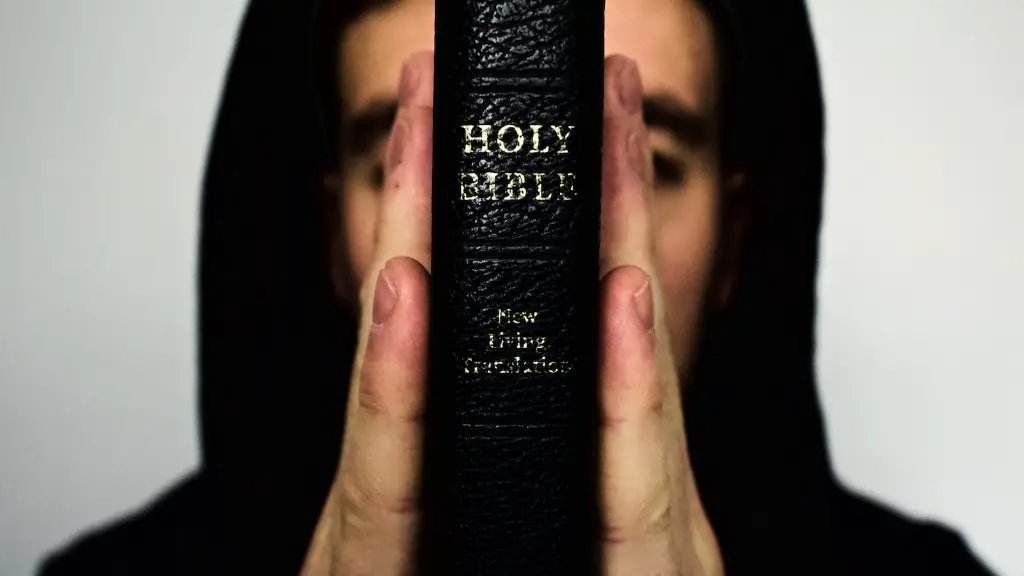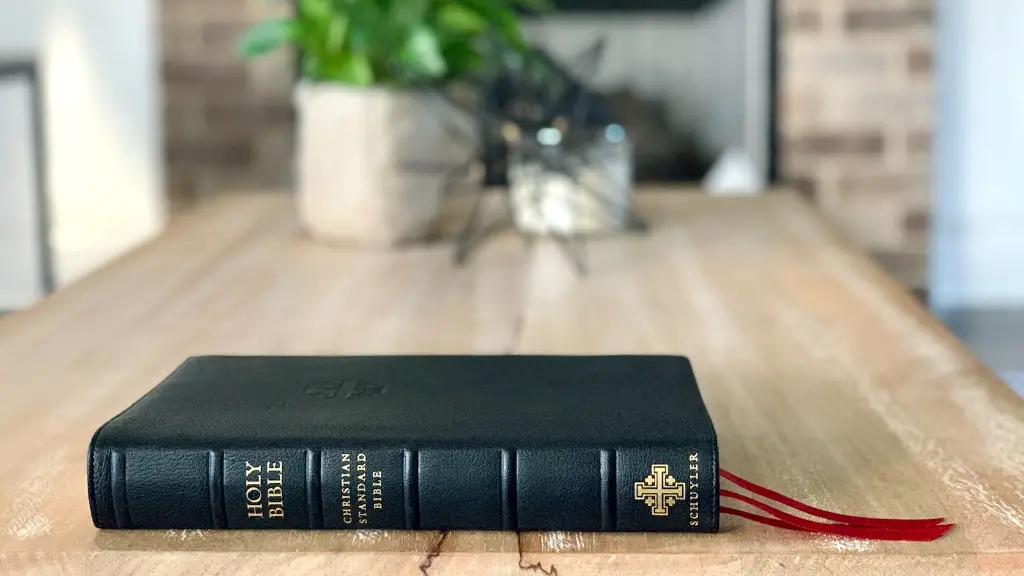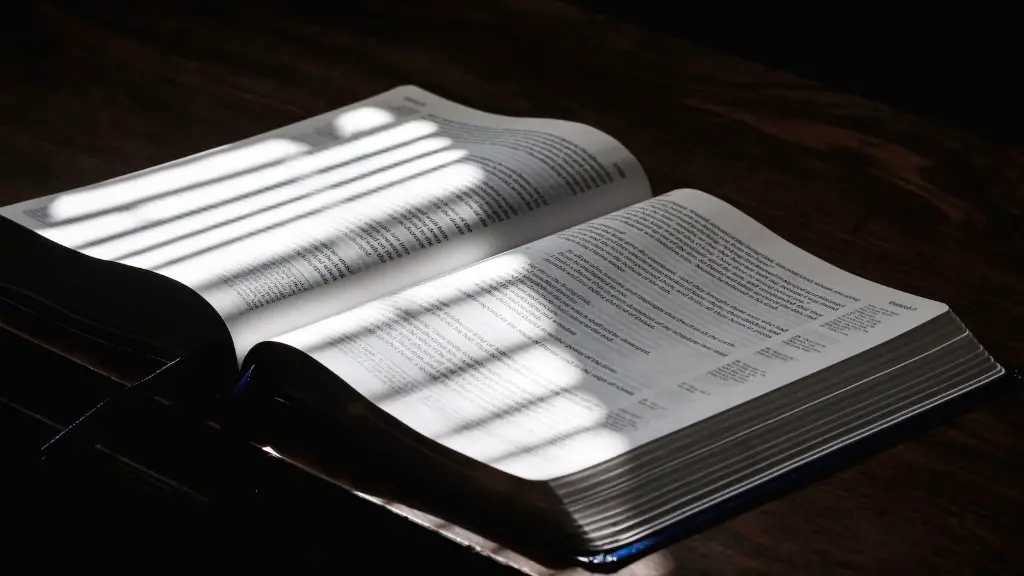Lilith is a minor figure appearing in the Bible. She is believed to be the first wife of Adam in some Talmudic and Midrashic sources, a precedent to the biblical story of creation in which Eve was fashioned from Adam’s rib. Lilith is rarely mentioned in the Old Testament, and her appearance in the Hebrew Bible is limited to brief associations in Isaiah 34:14 and to descriptions of her in post-biblical sources. Scholars have identified Lilith as a demoness or spirit in Jewish tradition, making her one of the earliest demonological figures.
The idea of Lilith as a demonic force appears in texts from around the 10th century CE and was possibly influenced by the Babylonian lilitu, a wind and storm demon thought to prey upon pregnant women and newborns. Various Jewish folkloric tales and early biblical interpretations by the Jews sought to explain away Lilith’s infamy. She was portrayed as a failed, original first wife of Adam who refused to submit to him, inspiring a spiritual war between herself, angels, and Adam.
The earliest reference to Lilith appears in a Sumerian tablet. Kinnear’s Translation, a Babylonian text first published in 1900, refers to lillake as a ‘handmaid’ of the Gods, suggesting she was a powerful figure. A Hebrew interpretation of the same tablet supposes that she was actually a demoness or spirit, a reading that is supported by other post-biblical texts. Some scholars argue that the Lilith of the Bible is a spiritual force meant to represent female sexuality or the independent spirit of a wife, and not the same figure mentioned in the Sumerian tablet. Nonetheless, the overall picture is that of a complex figure with multiple interpretations.
By the 12th century, Lilith had become synonymous with the devil and was seen as a seductress and temptress, often described as dark and beautiful with a serpent’s tail. She was also a symbol of female independence and power, a representation of women’s right to choose their own destiny in the face of cultural pressures. Her role in Jewish culture is complicated, but Lilith has been embraced by some modern feminist groups as a symbol of female empowerment.
Lilith is a highly versatile figure in Jewish mythology, and scholars have suggested numerous ways that she can be interpreted. She could represent female desire, sexuality, and power, or she could be understood as a darker, more negative figure. Generally, Lilith is seen as an example of how powerful and independent women can be, no matter how much society may attempt to suppress them. As such, Lilith holds an important place in Jewish folklore and mythology, as well as in modern feminist groups.
Lilith’s Depiction In Art And Pop Culture
Lilith has been portrayed in a variety of ways in art and popular culture. She is often represented as a beautiful woman with angelic or demonic features, or as a seductress with a serpent’s tail. Her representation in literature, particularly those by Jewish authors, often focus on her as a sexual temptress or seductress who symbolizes female independence and power.
Lilith appears in several films, including a 2015 horror movie based on her mythological origins. There are also several Lilith-inspired comic books, particularly those by independent authors. Lilith has also been referenced in television shows, music, and even video games. Her image is featured in numerous artworks, such as illustrations and sculptures. Lilith is now a popular symbol in the occult and neo-paganism, and there are even festivals and rituals that venerate her figure.
Lilith has become an archetype in modern culture and she is frequently used as a metaphor for breaking conventions and transcending societal rules. Although she is often depicted as a seductress or temptress, her original meaning still resonates in modern interpretations of her figure. Lilith is associated with female independence, autonomy, and power, and many women and feminist groups have embraced her as an iconic symbol of female empowerment.
Lilith In Contemporary Feminist Movements
Lilith has become an important figure in modern feminist movements, particularly those that focus on the empowerment of women. She is seen as an example of female emancipation and independence, symbolizing the right of women to defy dominant male authority and pursue autonomy.
Lilith has become an important part of the Third Wave of feminism, a movement that emphasizes the importance of bridging gaps between different groups of people, such as gender, race, class, and sexuality. Modern feminists have embraced her as a symbol of female liberation and autonomy, and as a reminder that women have the power to define their own destinies and challenge the status quo.
Lilith has become a popular figure in popular culture, often portrayed in films, books, and comics. However, feminists have reclaimed her representation and given her a renewed meaning in contemporary culture. Lilith is now seen as a symbol of female independence, autonomy, and power, and she is embraced by modern feminists who fight for women’s rights and gender equality.
Religious Perspectives On Lilith
Religious perspectives on Lilith vary widely. Traditional Jewish interpretations of the figure generally classify her as a demoness or a spirit. Some modern Jewish mystics and feminists view her as a powerful female figure who refused to submit to male authority, and she is seen as an important symbol of female independence and autonomy.
In Christianity, Lilith is often portrayed as a demoness and a temptress who symbolizes the sin of sexual desire. The figure is seen as a warning to resist temptation and maintain moral and spiritual integrity. Meanwhile, some contemporary Christian theologians recognize Lilith as a powerful symbol of autonomy and female strength, and view her as an example of the power of female independence.
The Islamic interpretation of Lilith is similar to the Jewish interpretation, though she is not widely discussed in Islamic texts. Nonetheless, some Muslims have acknowledged Lilith as a powerful symbol of female independence and autonomy.
Regardless of one’s beliefs, it is clear that Lilith has become an important figure in contemporary culture. She is a reminder that women have the right to define their own destiny and to pursue their own paths in life, no matter how much society may try to suppress them.
Lilith In Literary Works And Psychological Theories
Lilith appears in numerous literary works, including poems, novels, and short stories. She has also been used as a symbol or metaphor in psychological theories, from psychoanalytic theories to Jung’s archetypal theory. In psychoanalytic theory, Lilith is seen as a representation of female sexuality and desire, and as a reminder of the power women possess. For Jungian analysts, Lilith is seen as an archetypal figure that symbolizes personal growth and transformation.
The figure of Lilith has also been used to examine the dynamics of gender relationships, particularly as they relate to female autonomy. Numerous scholars have used Lilith as a metaphor to explore the patriarchal systems in which women are oppressed and denied their own individual power. It is now widely accepted that Lilith is a powerful symbol of female independence and autonomy, and of the right of women to define their own destinies.
Lilith’s importance in Western culture is undeniable. She is a powerful symbol of female autonomy and independence, and she reminds us of the importance of pursuing our own paths in life. Whether one views her as a demoness or as a representation of female desire and power, Lilith is sure to remain an important figure in literature, art, and popular culture for many years to come.




